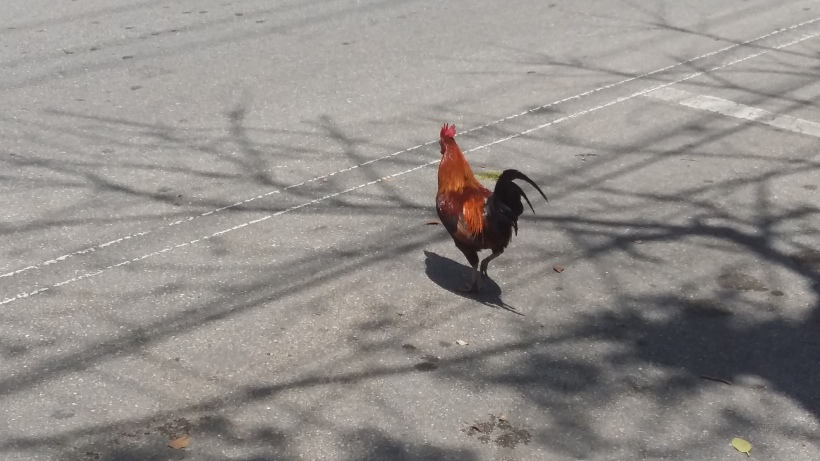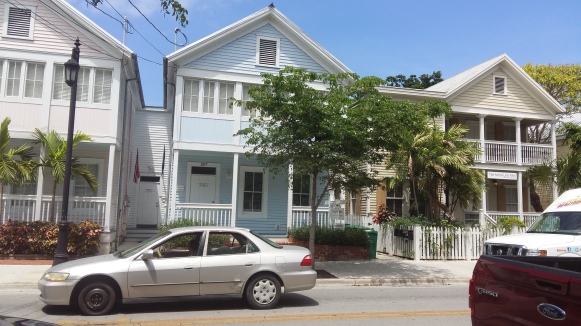
When thinking of Key West, you’ll probably see the ocean, the beach, the palms, the tropical plants, the lime pie and so on…but I’m not sure chickens would come to your mind…even if they should! Let’s see why!
Chickens came here together with the first pioneers who settled on the island about two centuries ago and they were really essential to them, because they supplied meat and eggs in a place that was almost completely isolated from the rest of the US. By the island development however, shops and drugstores became increasingly available, so that people didn’t have to keep their own farm animals anymore. This is how lots of chickens gained their freedom!
With the increasing immigration from Cuba in the 50’s, more chickens arrived in Key West, because immigrants took along all their possessions, including animals, all the more since cock fighting was unfortunately very popular in Cuba and then in the Florida Keys too. In the 70’s it became illegal and a lot of “ex-fighters” were freed. All these factors contributed to create the cheerful, colored and noisy population of the so-called “gipsy chickens” that you can now see in Key West: crossing the streets, in bars, in private gardens, on the top of parked cars…everywhere!
Half of the locals love them, while the other half hate them, but, anyway, everybody respect them and you can easily see how people drive slowly and carefully paying attention not to hit little chickens or bold roosters crossing the street.
The critics complain about the possibility that they carry some diseases to the inhabitants, get the beach dirty and make a lot of noise (in effect, roosters not only crow at the break of dawn, but you can hear them all day and all night long!)
On the other hand, chickens help keeping the cockroach and scorpion populations under control and their eggs and young fowl provide food for the local raccoons and hawks, so that nature can find a way to recover its balance by itself.
Anyway, to face the increasing number of fowls living free in Key West, the local government has established the Community Trapping Program. If there’s a young rooster that particularly bothers you, just trap it and take it to the wildlife centre, where they’ll take care of it and search an organic farm in Florida that will provide a more conventional life for this former gipsy chicken!


